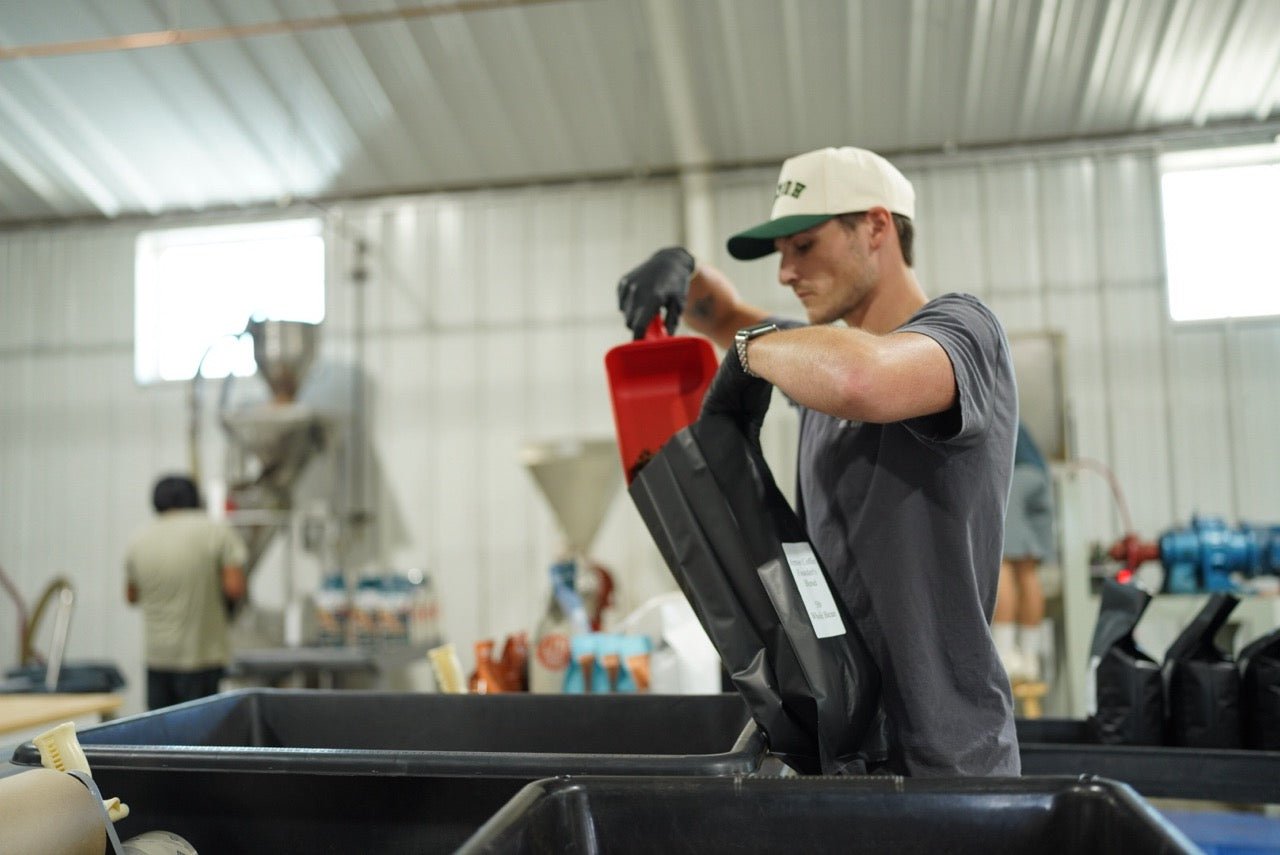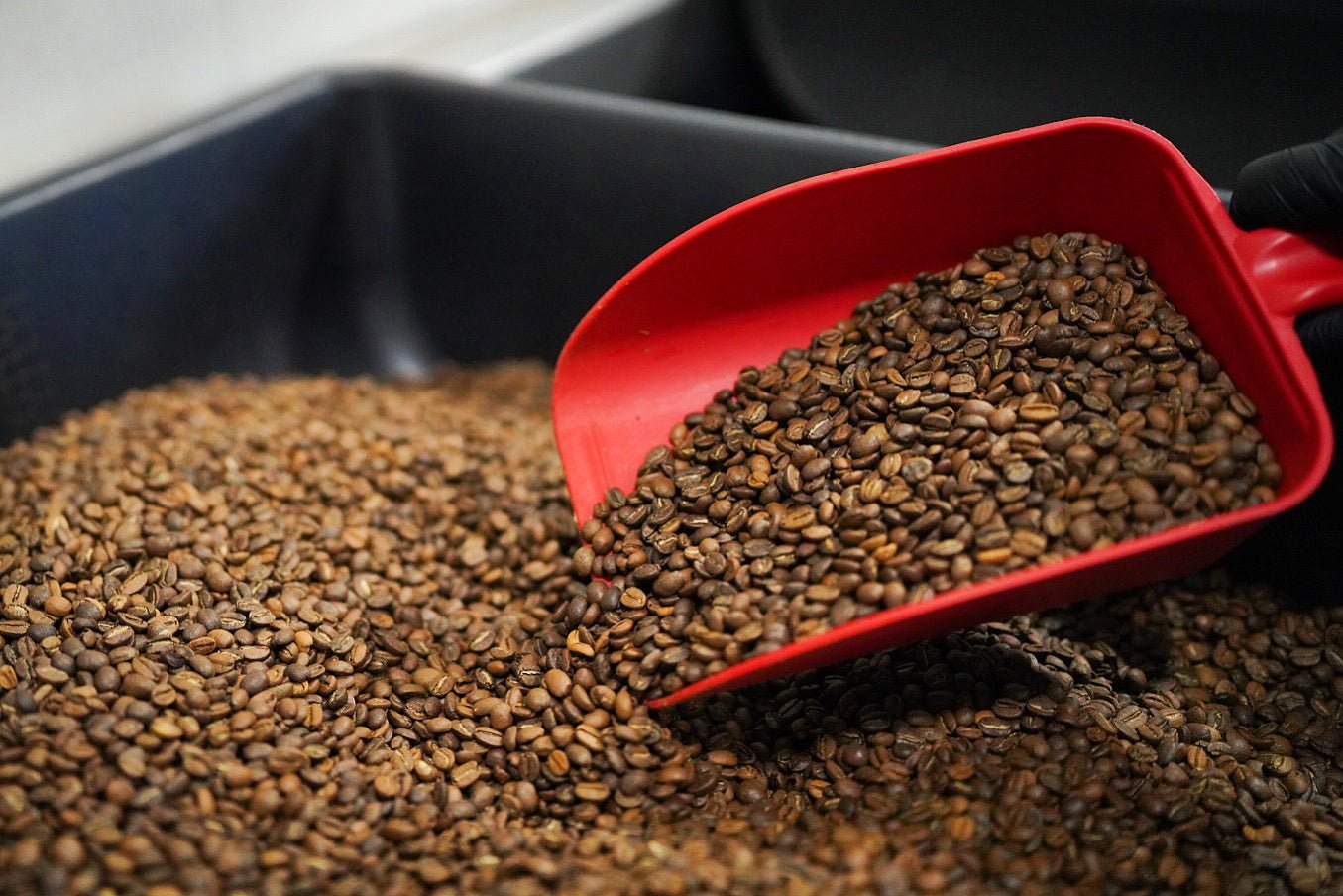Coffee is a beloved beverage enjoyed by millions of people worldwide, but have you ever wondered about its origins? The history of coffee is a fascinating tale of discovery, trade, and cultural influence. In this article, we will explore the origins of coffee and trace its journey from ancient times to the modern-day coffee culture we know and love.
-
The Legend of Kaldi and the Dancing Goats: The discovery of coffee is often attributed to a popular Ethiopian legend involving a goat herder named Kaldi. Around the 9th century, Kaldi noticed that his goats became unusually energetic after consuming the red cherries of a particular plant. Intrigued, he shared his findings with a local monk, who decided to experiment with the cherries and create a beverage. The monk found that the drink helped him stay alert during long hours of prayer, and soon, the word about this energizing beverage began to spread.
-
Coffee's Journey to the Arabian Peninsula: While the legend of Kaldi is a charming story, the true origins of coffee consumption likely began in the Sufi monasteries of Yemen in the 15th century. The Sufi monks brewed a drink called qahwa, which was made from the beans of the coffee plant. The monks used qahwa as a means to stay awake during their night prayers and meditation sessions.
-
The Spread of Coffee Across the Middle East and Europe: Coffee's popularity grew rapidly across the Arabian Peninsula, and by the 16th century, it had reached Persia, Turkey, and Egypt. The first coffeehouses, known as qahveh khaneh, began to appear, serving as important social hubs where people gathered to discuss politics, conduct business, and enjoy music and games.
In the 17th century, coffee made its way to Europe through trade. Initially met with skepticism, coffee soon became a popular alternative to alcoholic beverages. Coffeehouses began to spring up in major European cities, including London, Paris, and Vienna, and like their Middle Eastern counterparts, these establishments became centers for socializing, intellectual discussion, and commerce.
-
Coffee Arrives in the Americas: In the 18th century, coffee plants were introduced to the Americas, beginning with the Caribbean and spreading to Central and South America. The fertile soils and tropical climate of the region proved ideal for coffee cultivation, and plantations were established to meet the growing global demand for the beverage.
-
The Rise of Coffee Culture and Global Consumption: Over the centuries, coffee has continued to gain popularity and has become an integral part of cultures worldwide. Today, coffee is the second most traded commodity globally, after oil, with millions of people relying on it for their livelihood. Innovations in brewing techniques, roasting methods, and coffee production have given rise to a diverse range of coffee varieties, flavors, and experiences, catering to the tastes of coffee lovers everywhere.
While the exact moment of coffee's "invention" is shrouded in legend and mystery, its journey from ancient Ethiopia to the global phenomenon it is today is a testament to the beverage's enduring appeal. Coffee's rich history is woven with stories of trade, cultural exchange, and innovation, all contributing to the diverse and thriving coffee culture we enjoy today. So, the next time you savor a cup of coffee, take a moment to appreciate its fascinating origins and the long journey it has taken to reach your cup.


